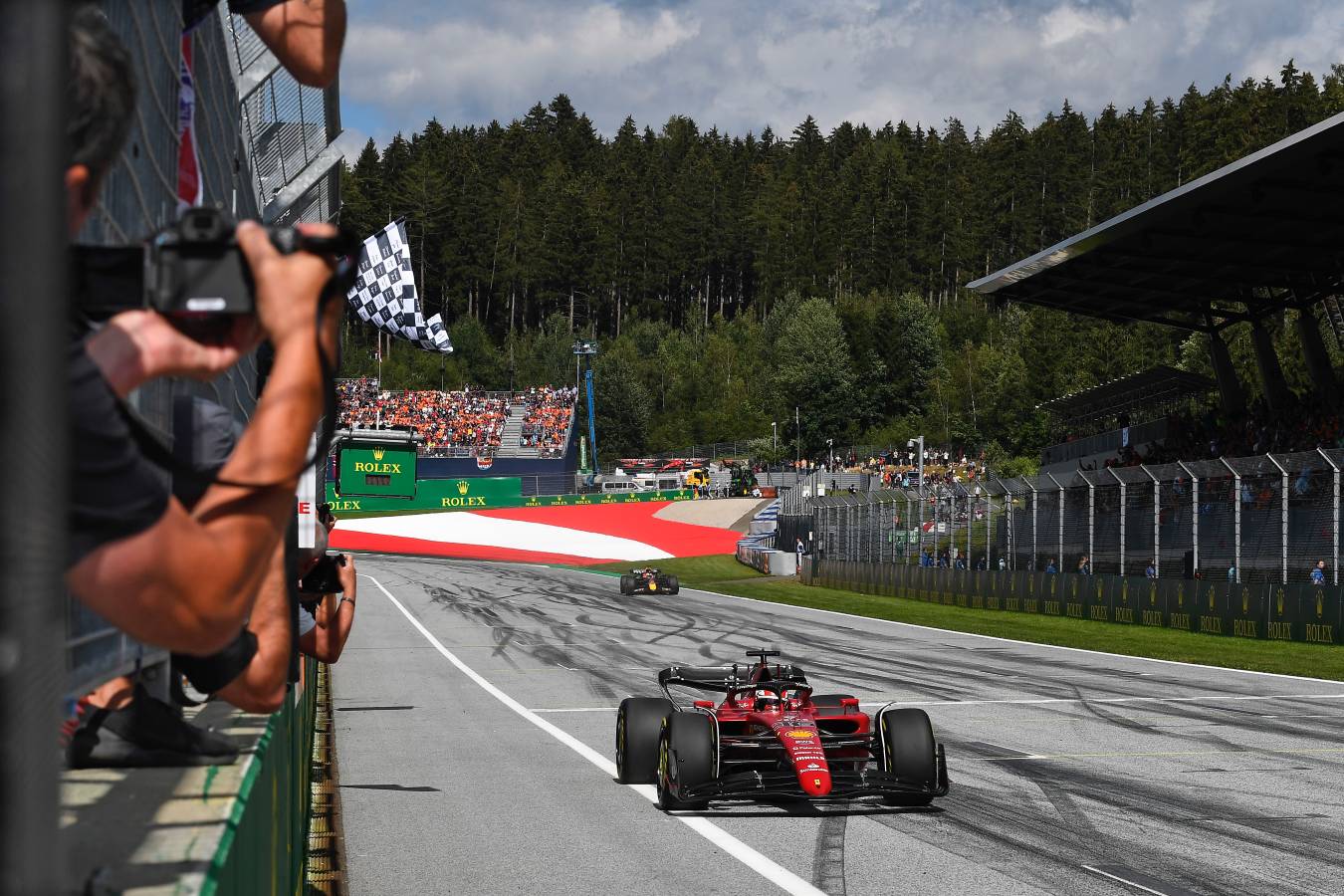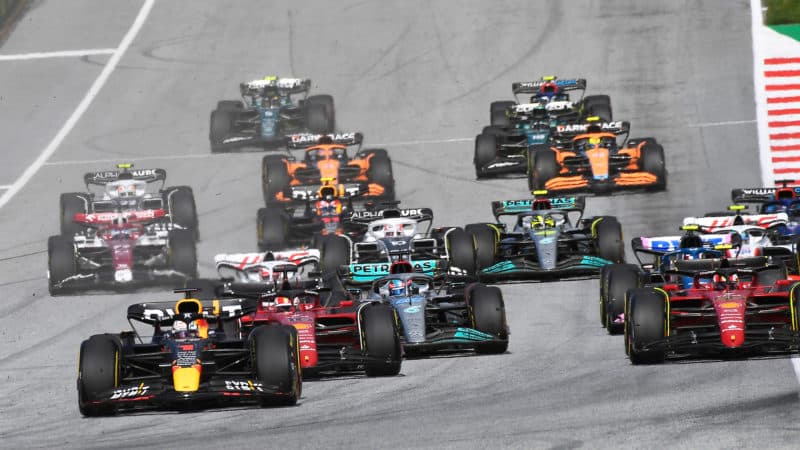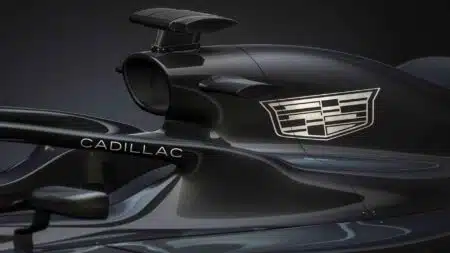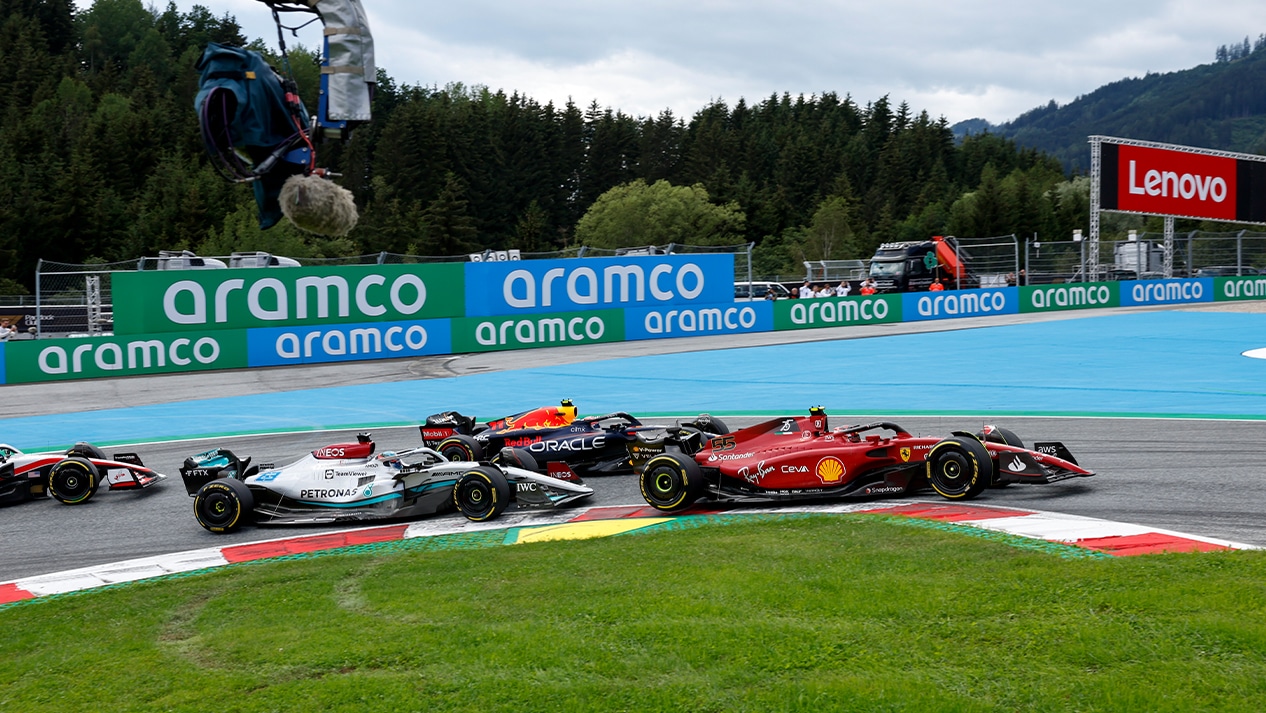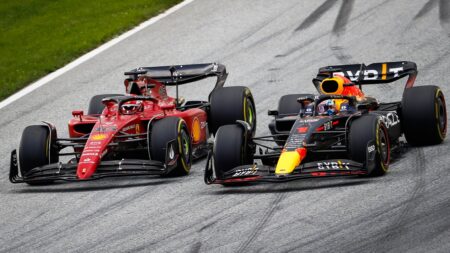On Saturday, all drivers will be fully focused on the sprint race, starting with the sprint shootout. Utilising the same three-session knockout format of a regular qualifying session, sprint shootouts aim to set an action-packed tone, shortening each session:
Q1 is shortened from 18 minutes to 12 minutes.
Q2 is shortened from 15 minutes to ten minutes.
Q3 is shortened from 12 minutes to eight minutes.
In theory, this reduces the amount of on-track time drivers can utilise to optimise their lap time: mistakes are likely to be punished more severely, and there’s the potential for a mixed grid for the sprint race itself. In Austria, given Max Verstappen‘s 1min 4sec pole time in 2022, any driver that reaches the third sprint qualifying stage (SQ3) may struggle to do two runs, when factoring in the time to refuel, change tyres and complete an out-lap, and instead attempt two flying laps on a single run.
The results of sprint qualifying will then set the grid for the Austrian GP sprint race, set at a third of race distance, which will take place on Saturday afternoon for 23 laps.
How many points do you get for winning a sprint race?
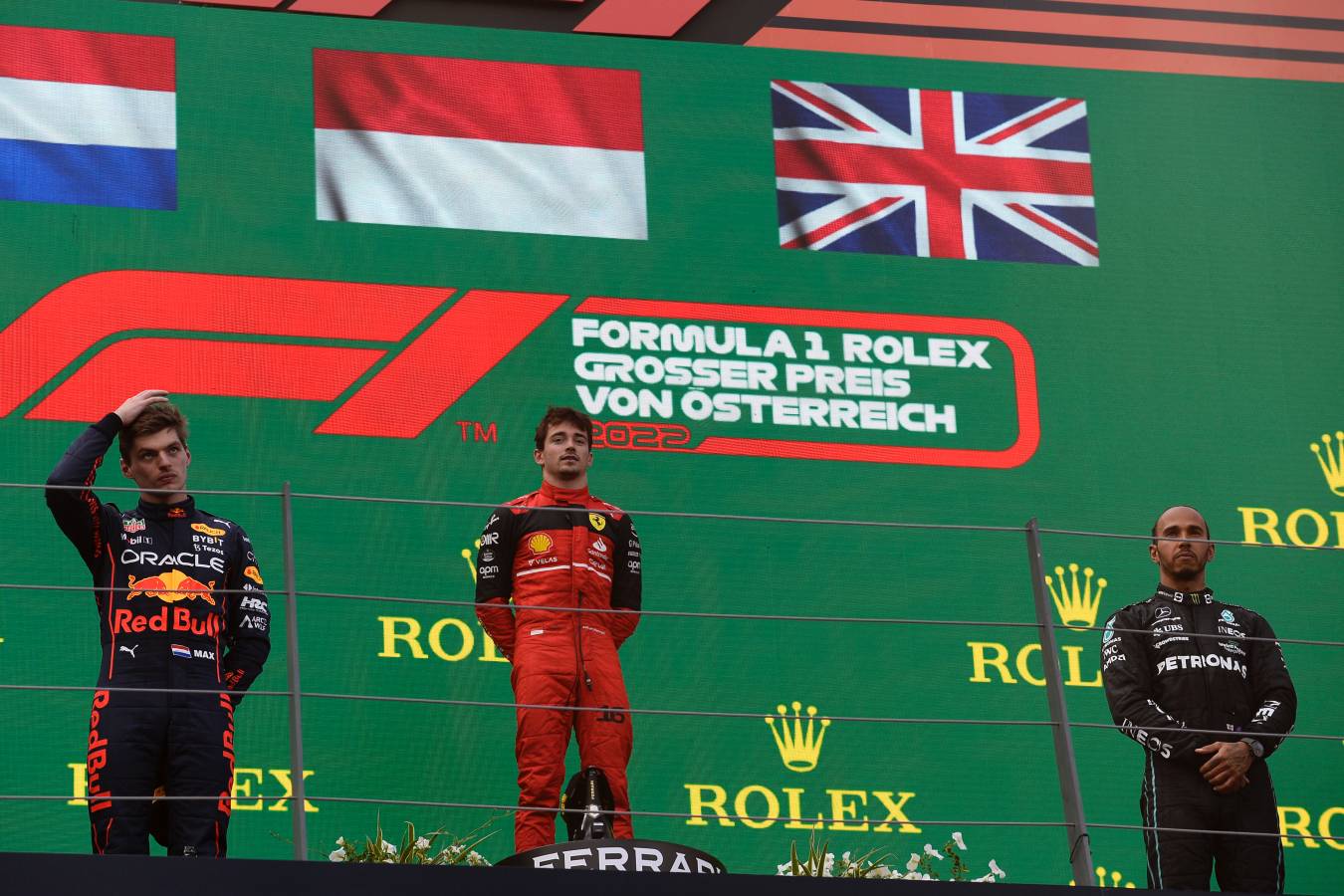
Leclerc, Verstappen and Hamilton on last year’s Austrian GP podium
Grand Prix Photo
There is a total of 36 points on offer for the top eight finishers in Saturday’s sprint race. The winner will get eight points, second will score seven and third will score six – descending all the way down to one point for eighth.
This is the same format which was used in 2022, but drivers now have an increased incentive to fight for extra points without risking their place on Sunday’s grid, given that the finishing positions of the sprint do not determine where they start for the Grand Prix.
When will penalties be applied in sprint races?
If a driver picks up a penalty during Free Practice 1 or grand prix qualifying on Friday, these will be applied for Sunday’s race. But if drivers incur a penalty during sprint race qualifying, they will be applied to the sprint race grid.
However, grid penalties awarded during the sprint race will be applied in the next day’s race. Power unit penalties will only apply to the grand prix.
Sprint race tyre allocation
During sprint race weekends, teams receive 12 sets of tyres rather than the standard 13, forcing them to reinvent their strategies. On dry weekends, drivers are required to only use one set of tyres per stage of the sprint shootout — a fresh set of mediums in SQ1 and SQ2 followed by a set of soft tyres in SQ3.
Previously, the rules required drivers to use a fresh set of soft tyres in SQ3, but this has been changed after Lando Norris used his full allocation in practice at Baku; had he wanted to set an SQ3 time, his only option would have ben to run on intermediate tyres, on a dry track.
This weekend, given the predicted poor weather conditions, drivers are likely to run intermediate or full wet weather tyres depending on the severity of the rainfall.
There is a free choice of tyres for both the sprint on Saturday and the grand prix on Sunday.
How to watch Austrian GP sprint race
The 44-minute sprint shootout begins on Saturday at 11am, followed by the 23-lap sprint at 3.30pm in the afternoon.
All times in BST
| Sprint shootout Saturday 1 July |
Sprint race Saturday 1 July |
|
| Session start time | 11am | 3.30pm |
| Live coverage Sky Sports, Sky Go, NowTV |
10.30am | 2.30pm |
| Highlights Channel 4 |
n/a | 7.30pm |
